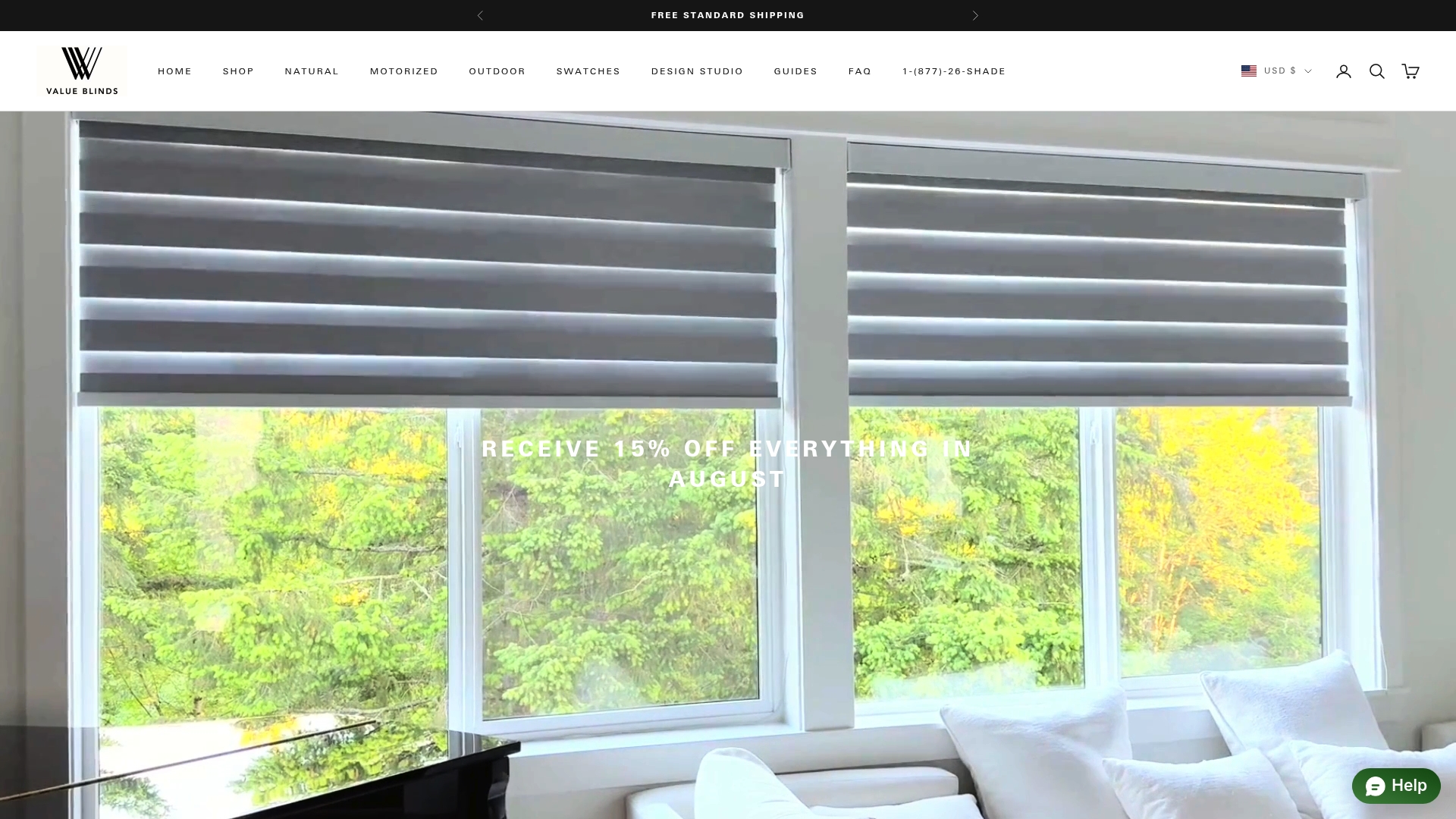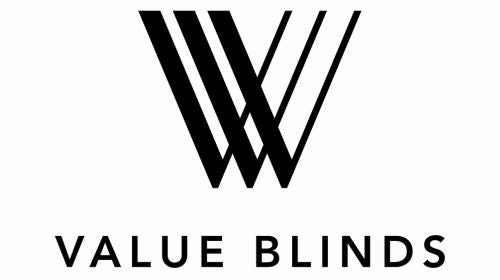
UV Protection for Windows: Complete Homeowner Guide
Did you know that up to 99 percent of harmful UV rays can pass through ordinary windows and silently fade your furniture or even harm your skin? Everyday sunlight streaming indoors may seem harmless, but these invisible rays can cause expensive damage over time. Learning which window technologies and protective solutions work best helps you keep your home’s interior looking new while also protecting your family from unexpected exposure.
Table of Contents
- UV Protection For Windows Explained
- Types Of UV Protective Window Solutions
- How UV Blocking Technology Works
- Benefits Of UV Protection For Interiors
- Selecting And Installing The Right Product
- Common Mistakes And Misconceptions
Key Takeaways
| Point | Details |
|---|---|
| UV Protection Importance | Unfiltered UV rays can cause significant damage to interiors and health, making UV protective measures vital for homes. |
| Window Film Options | Homeowners have various window film types that provide differing levels of UV protection, with ceramic films offering maximum benefits. |
| Effective Selection Criteria | When choosing UV protections, consider UV blockage, light transmission, energy efficiency, and compatibility with interiors. |
| Common Misconceptions | Many believe that all window films provide similar UV protection; however, effectiveness varies significantly based on material and technology. |
UV Protection for Windows Explained
UV rays are silent invaders that can cause significant damage to your home’s interior and your family’s health. According to Cessnock Glass, various glass technologies are engineered specifically to block and mitigate these harmful ultraviolet radiation wavelengths.
Modern window technologies offer multiple strategies for UV protection. Specialized glass types like laminated, tinted, and Low-E glass incorporate specific coatings and interlayers designed to absorb or reflect UV radiation. These advanced materials act as a protective barrier, preventing ultraviolet light from penetrating through your windows and causing potential damage.
The impact of UV protection extends far beyond simple window treatment. Unfiltered UV rays can cause significant harm to your home’s interior, including:
- Fading of furniture, carpets, and artwork
- Degradation of wood flooring and fabric materials
- Potential skin damage through prolonged indoor exposure
To maximize UV protection, homeowners should consider multiple strategies. Understanding heat blocking window coverings can provide an additional layer of defense against harmful radiation, complementing specialized glass technologies and offering comprehensive protection for your living spaces.
Types of UV Protective Window Solutions
Homeowners have multiple options for protecting their living spaces from harmful ultraviolet radiation. According to UPPF USA, window tint technologies offer diverse solutions with varying levels of UV protection, heat rejection, and aesthetic appeal.
Window Film Types provide comprehensive UV protection strategies. The primary categories include:
- Dyed Films: Most affordable option, offering basic UV blocking
- Metalized Films: Enhanced durability and reflective properties
- Hybrid Films: Combining dyed and metalized technologies
- Carbon Films: Superior heat rejection with consistent performance
- Ceramic Films: Premium option with maximum UV protection and clarity
Each window film type presents unique advantages for different residential needs. Ceramic films, for instance, provide the highest level of UV protection while maintaining optimal light transmission and minimal color distortion.
 Homeowners can select solutions based on specific requirements like energy efficiency, privacy, and aesthetic preferences.
Homeowners can select solutions based on specific requirements like energy efficiency, privacy, and aesthetic preferences.
Here’s a comparison of the main window film types and their UV protective features:
| Window Film Type | UV Protection Level | Additional Benefits |
|---|---|---|
| Dyed Films | Basic | Most affordable Minimal glare reduction |
| Metalized Films | Moderate | Enhanced durability Reflects heat |
| Hybrid Films | Moderate-High | Blend of dyed and metalized Improved appearance |
| Carbon Films | High | Superior heat rejection Consistent performance |
| Ceramic Films | Maximum | Best clarity Minimal color distortion |
To further enhance UV protection, The Ultimate Guide to Types of Window Shades can help you explore complementary window treatment options that provide an additional layer of defense against harmful radiation.
 Combining specialized window films with strategic shade selections can create a comprehensive UV protection strategy for your home.
Combining specialized window films with strategic shade selections can create a comprehensive UV protection strategy for your home.
How UV Blocking Technology Works
UV blocking technology represents a sophisticated approach to protecting indoor spaces from harmful radiation. According to Cessnock Glass, advanced glass technologies employ specialized mechanisms to intercept and neutralize ultraviolet rays before they penetrate interior spaces.
Blocking Mechanisms vary across different window technologies, each designed to minimize UV radiation transmission:
- Laminated Glass: Uses polyvinyl butyral (PVB) interlayers to absorb UV radiation
- Low-E Glass: Applies special metallic coatings to reflect ultraviolet wavelengths
- Tinted Glass: Incorporates colored pigments that absorb and scatter UV rays
- Ceramic Coatings: Utilizes advanced molecular structures to block and disperse radiation
The science behind UV blocking is fundamentally about molecular interaction. Different technologies interrupt ultraviolet wavelengths through absorption, reflection, or dispersion mechanisms. Laminated glass, for instance, traps UV rays within its specialized interlayers, preventing them from passing through and potentially damaging interior surfaces or causing skin exposure.
For homeowners seeking comprehensive understanding, Understanding Light Filtering Window Treatments for Your Home offers additional insights into how window treatments can complement UV blocking technologies, creating a multi-layered defense against harmful radiation.
Benefits of UV Protection for Interiors
UV protection goes far beyond simple window technology - it’s a critical strategy for preserving your home’s interior environment. According to Cessnock Glass, reducing UV exposure contributes significantly to maintaining the aesthetic and structural integrity of interior spaces, ultimately extending the lifespan of household items and minimizing long-term maintenance costs.
Interior Protection Benefits encompass multiple critical aspects:
- Preventing color fading in furniture, carpets, and artwork
- Reducing degradation of wood flooring and fabric materials
- Minimizing potential skin damage from prolonged indoor radiation exposure
- Protecting valuable electronics and decor from UV-related deterioration
- Maintaining the original appearance of interior design elements
The economic implications of UV protection are substantial. Household items exposed to consistent ultraviolet radiation can experience accelerated wear, leading to premature replacement and significant financial investment. By implementing strategic UV blocking technologies, homeowners can effectively slow down this deterioration process, preserving both the aesthetic and monetary value of their interior investments.
For those seeking comprehensive interior protection strategies, Understanding Window Treatments for Sunrooms provides additional insights into creating holistic UV defense mechanisms that safeguard your living spaces from harmful radiation.
Selecting and Installing the Right Product
Choosing the ideal UV protective window solution requires careful consideration of multiple factors. According to Habitatista, homeowners should evaluate key aspects like UV blockage level, light transmission, energy efficiency, and aesthetic preferences to find a product that perfectly matches their specific needs.
Selection Criteria for UV protective window treatments include:
- Percentage of UV radiation blocked
- Light transmission percentage
- Energy efficiency ratings
- Compatibility with existing interior design
- Budget constraints
- Window size and configuration
Installation is equally critical to the product’s performance. As noted by UPPF USA, proper installation determines the longevity and effectiveness of UV protective films. While professional installation guarantees optimal results, skilled homeowners can successfully manage DIY installations for standard-sized windows by following precise measurement and application techniques.
To simplify your selection process, How to Install Window Shades: A Step-by-Step Guide provides comprehensive insights into window treatment installation, helping you navigate the nuances of selecting and implementing the right UV protection for your home.
Common Mistakes and Misconceptions
UV protection is a nuanced field where many homeowners fall prey to widespread misunderstandings. According to Habitatista, a critical misconception is that all window films provide uniform UV protection, when in reality, performance varies dramatically among different types and technologies.
Key Misconceptions About UV Protection include:
- Believing darker tints automatically mean better protection
- Assuming all window treatments block the same percentage of UV rays
- Thinking UV protection is unnecessary in cooler or cloudy climates
- Expecting instant results without proper installation
- Overlooking the importance of regular maintenance and inspection
Another prevalent myth addressed by UPPF USA is the assumption that darker window tints inherently provide superior UV blocking. In truth, the effectiveness of UV protection depends more on the film’s material composition and technological sophistication rather than its visual appearance or color intensity.
For homeowners seeking to avoid these common pitfalls, Understanding Light Filtering Window Treatments for Your Home offers comprehensive guidance on selecting and implementing the most effective UV protection strategies.
Enhance Your Home’s UV Protection with Custom Window Treatments
Protecting your home from harmful UV rays is essential for preserving your furniture, flooring, and health. This article highlights the complexity of UV blocking technologies and the importance of selecting the right window solutions to prevent fading and damage while maintaining your interior’s beauty. If you want a blend of style, energy efficiency, and superior UV protection, custom window treatments can be your best defense.

Discover how easy it is to upgrade your home with high-quality, tailored blinds and shades that provide critical UV protection. At Value Blinds, you can explore a wide selection of options including blackout, cellular, and motorized shades designed to block ultraviolet radiation effectively while enhancing your living space. Don’t wait for damage to happen. Visit Value Blinds now to customize your perfect window treatments and protect your home today. For expert guidance and easy installation tips, check out How to Install Window Shades: A Step-by-Step Guide and ensure you get the most from your UV protection investment.
Frequently Asked Questions
What types of window films offer UV protection?
Various types of window films provide UV protection, including dyed films, metalized films, hybrid films, carbon films, and ceramic films. Each type has distinct features: dyed films are affordable with basic UV blocking, while ceramic films offer maximum protection with superior clarity.
How do I choose the right UV protective window solution for my home?
When selecting a UV protective window solution, consider factors like the percentage of UV radiation blocked, light transmission levels, energy efficiency ratings, aesthetic preferences, and your budget. This will ensure you find a product that meets your specific needs.
What are the benefits of UV protection for indoor spaces?
UV protection helps to prevent color fading in furniture and fabrics, reduces degradation of materials, minimizes potential skin damage from indoor UV exposure, and protects valuable electronics from deterioration. This ultimately helps maintain the aesthetic and monetary value of your interior spaces.
How does UV blocking technology work in windows?
UV blocking technology works by using specialized glass and window films that employ mechanisms like absorption, reflection, and dispersion to prevent ultraviolet rays from penetrating indoors. For instance, laminated glass traps UV rays within its interlayers, while Low-E glass reflects UV wavelengths away from your home.







